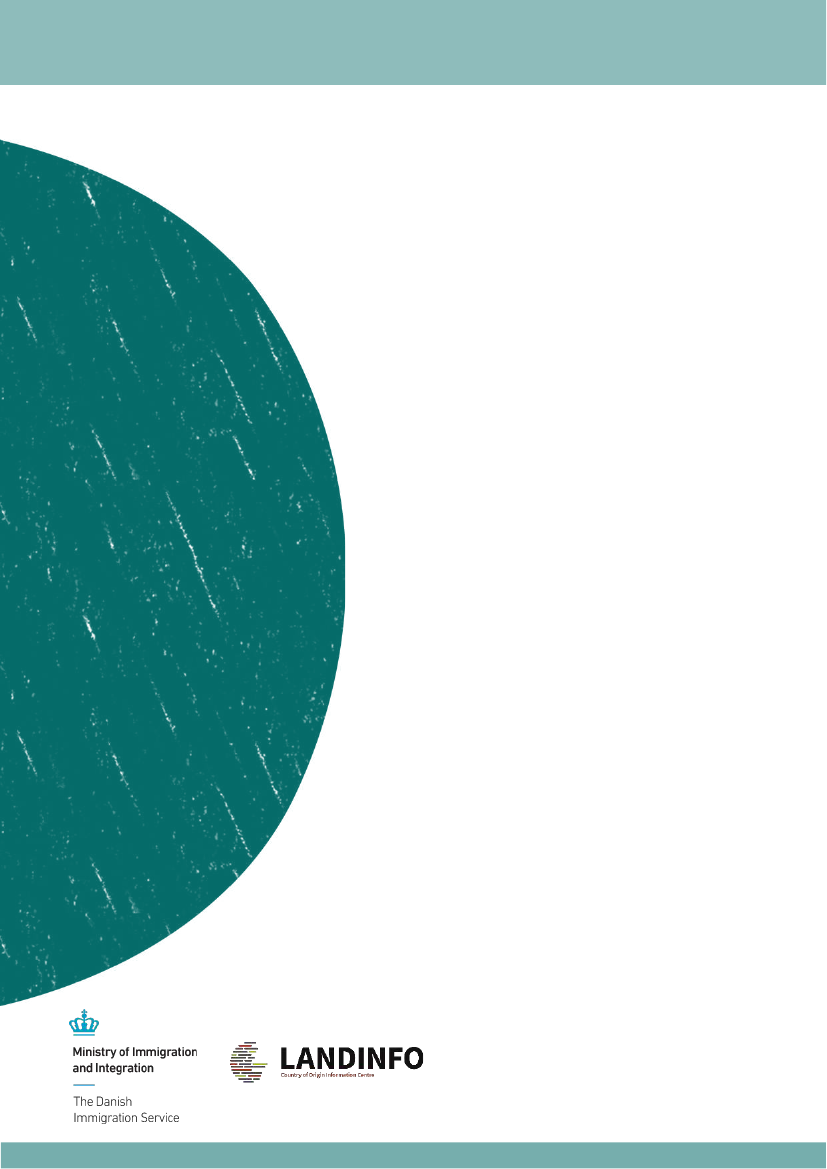
Country report
COUNTRY OF ORIGIN INFORMATION (COI)
OCTOBER 2018
Northern
Iraq
Security situation and the
situation for internally displaced
persons (IDPs) in the disputed
areas, incl. possibility to enter
and access the Kurdistan Region
of Iraq (KRI)
Report based on interviews in Erbil and
Sulaimania